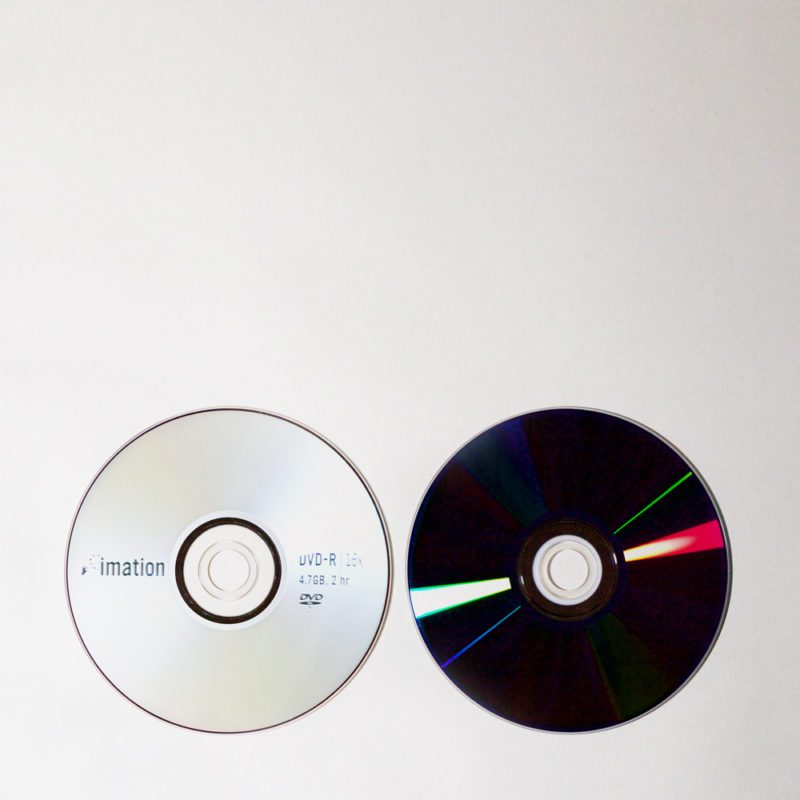Multitrack analogue tape recording on ¼" tape was the most common and affordable way to record sound and music in the late 20th century. The large user base for ¼" reel-to-reel tape recorders in general meant ¼" tape was very common, easily purchased and relatively inexpensive. As a result many musical experiments in this era started on ¼" tape and we often are asked to preserve and digitise these.
We carefully clean and restore tapes by hand, baking where necessary.
With our collection of high-specification Teac, Tascam and Fostex ¼" multitrack machines, we can support all track formats and noise reduction standards, digitising your projects to high resolution Broadcast WAV audio files in one pass.
This page gives details of our transfer services for multitrack recordings on ¼ inch tape. For our stereo / mono services, please follow this link: ¼ inch stereo / mono reel-to-reel →
We offer a range of delivery formats for our audio transfers. Following International Association of Sound and Audiovisual Archives TC-04 guidelines, we deliver 24-bit / 96 kHz high resolution Broadcast WAV files, together with MP3 audio file or audio CD listening versions. We're happy to create any other digital audio files, according to your needs. We can also digitise to 24-bit / 192 kHz, if required.
We can provide the appropriately-sized USB delivery media for your files, or use media supplied by you, or deliver your files online. Files delivered on hard drive can be for any operating system - MacOS, Windows or GNU/Linux and filesystems (HFS+, NTFS or EXT3).
¼" reel-to-reel multitrack tapes vary widely in duration and in the extent of physical tape degradation, so we always assess tapes before confirming the price of a transfer.
We offer free assessments - please contact us to discuss your project.
For an introduction to our assessment and treatment processes, please see our guide to "what happens to your audio tape".
